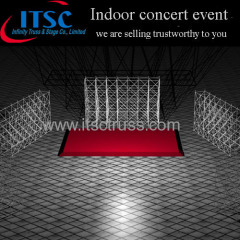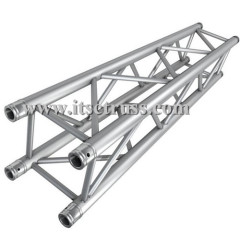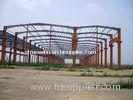|
HONGFENG Industrial Group
|
structural steel fabrication structural steel fabricating
| Place of Origin: | Zhejiang, China (Mainland) |
|
|
|
| Add to My Favorites | |
| HiSupplier Escrow |
Product Detail
Custom Fabricated Conventional Structural Prefabricated Steel Pre-Engineered Building
Custom Fabricated Conventional Structural Prefabricated Steel Pre-Engineered Building
Pre-engineered steel buildings are of steel buildings that have been fabricated and manufactured at the factories and shipped at the construction sites, ready for assembly. After which they are built, these pre-engineered steel buildings will join countless others of its kind all throughout the country that were built in major scale only in recent years. With the use of steel, manufacture and construction of pre-engineered steel buildings are much easier and not to mention, faster. Transportation of the materials is made much easier, considering that steel is a typically light-weight material. Surprising, considering that it is also one of the sturdiest materials around. Although, budget estimation would state that manufacture of such buildings is much more expensive, one will have to think about the long-term advantages.
HONGFENG has diversified in the field of Pre Engineered Buildings within house design and production facilities. Prefabricated Steel Buildings are designed and fabricated to customers' requirement in accordance with various Standards.
The company provides not only pre-engineered buildings with a full turnkey construction solution, but also presents the simplest, most cost-effective and eco-friendly path to constructing metal frame buildings.
A. Applications
Pre Engineered buildings(PEB) are the state-of-the-art steel solution to developing an efficient and cost effective infrastructure. HONGFENG offer ultimate design flexibility and an extremely short construction time (right from initial design to completion). They are supplied as a fully finished product along with steel structure, building accessories and roofing/ cladding. They require no on-site fabrication or welding as they can simply be bolted together as per specifications.
B. advantage
|
Pre Engineered Steel Buildings |
Conventional Structural Steel Buildings |
|
1) Design Criteria ISO Universal |
1) Design Criteria normal domestic standard |
|
2) Design: Quick and efficient since standardization of pre-engineered steel buildings has significantly reduced design time. Basic designs are used over Specialized computer analysis and design programs reduce design time and optimize material required. Drafting is also computerized with minimal manual drawings. Design, detail drawings and erection drawings are supplied free of charge by the manufacturer. Approval drawings may be prepared within ten days to 3 weeks. Consultant in-house design and drafting design is significantly reduced, allowing more time for coordination and review, and increasing margins in design fee savings. |
2) Design: Each conventional steel structure is designed from scratch by the consultant, with fewer design aids available to the Engineer. Maximum engineering required on every project. Generalized computer analysis programs require extensive input/output and design iterations. Drafting is manual or only partially automated.Much Consultant time and expense is devoted to design and drafting, as well as coordination and review. |
|
3) Weight: About 30% lighter through the efficient use of steel. Primary framing members are designed with tapered built-up plate sections with the most steel in the areas of highest stress, using high strength steel.Secondary members are light gage cold formed “Z” or “C” shaped members. Members are roll-formed for minimum weight and labor cost. |
3) Weight: Steel member sizes must be selected from standard hot rolled sections, which in many cases are heavier than what is actually required by design. Members are the same cross-section along the entire length, regardless of local stress magnitude Secondary members are from standard hot rolled “I” and “C” sections. In many cases members are heavier than required, and therefore are not as economical as cold formed members. |
|
4) Base Material: Rigid Building pre-engineered steel buildings system uses almost all steel to meet 50,000 P.S.l. minimum yield including the cladding. |
4) Base Material: In most of the cases (90%) Base Material is 36,000 P.S.I. minimum yield. |
|
5) Foundation: Simple design, easy to construct and lightweight. |
5) Foundation: Extensive heavy foundation required. |
|
6) Accessories (Windows, Doors, Ventilation): Designed to fit the system, with standardized, interchangeable parts, including pre-designed flashing and trims.Mass produced for economy. All available with the building. |
6) Accessories (Windows, Doors, Ventilation): Every project requires special design for accessories and special sourcing for each.Flashing and trims must be uniquely designed and fabricated. |
|
7) Delivery: much faster |
7) Delivery: longer time |
|
8) Erection: Easy, fast, step by step. Erection costs and time are accurately known, based upon extensive experience with similar buildings. |
8) Erection: Slow, extensive field labor required. Typically 20% more expensive than pre-engineered steel buildingss |
|
9) Architecture: Outstanding architectural design can be achieved at low cost. Conventional wall and fascia materials, such as concrete, masonry and wood, can be utilized. |
9) Architecture: Special architectural design requires research and high cost. |
|
10) Overall Price: Price per square meter may be as much as 40% lower than conventional st
|







